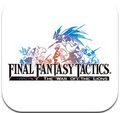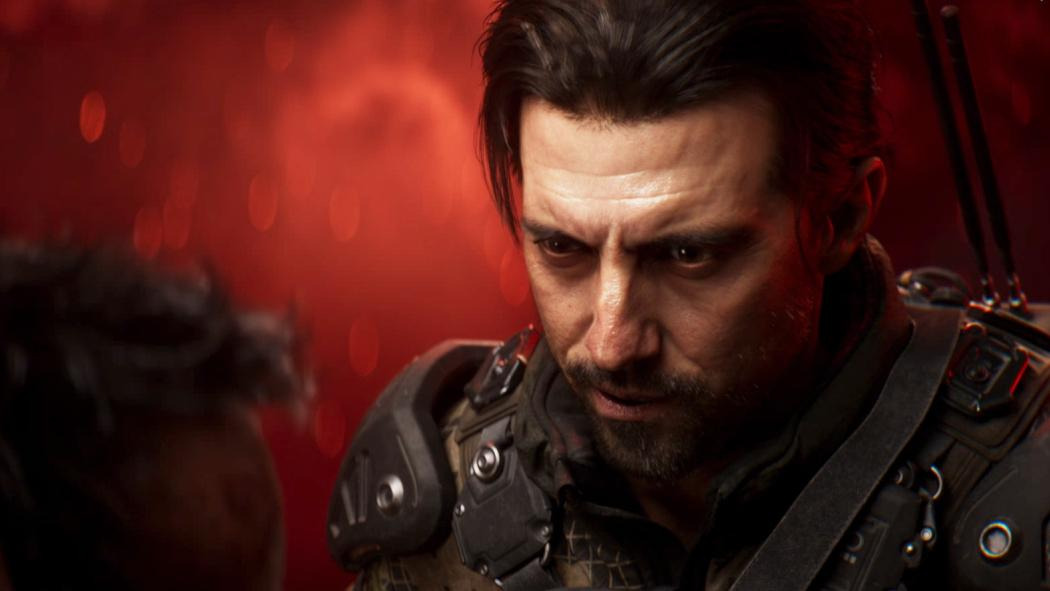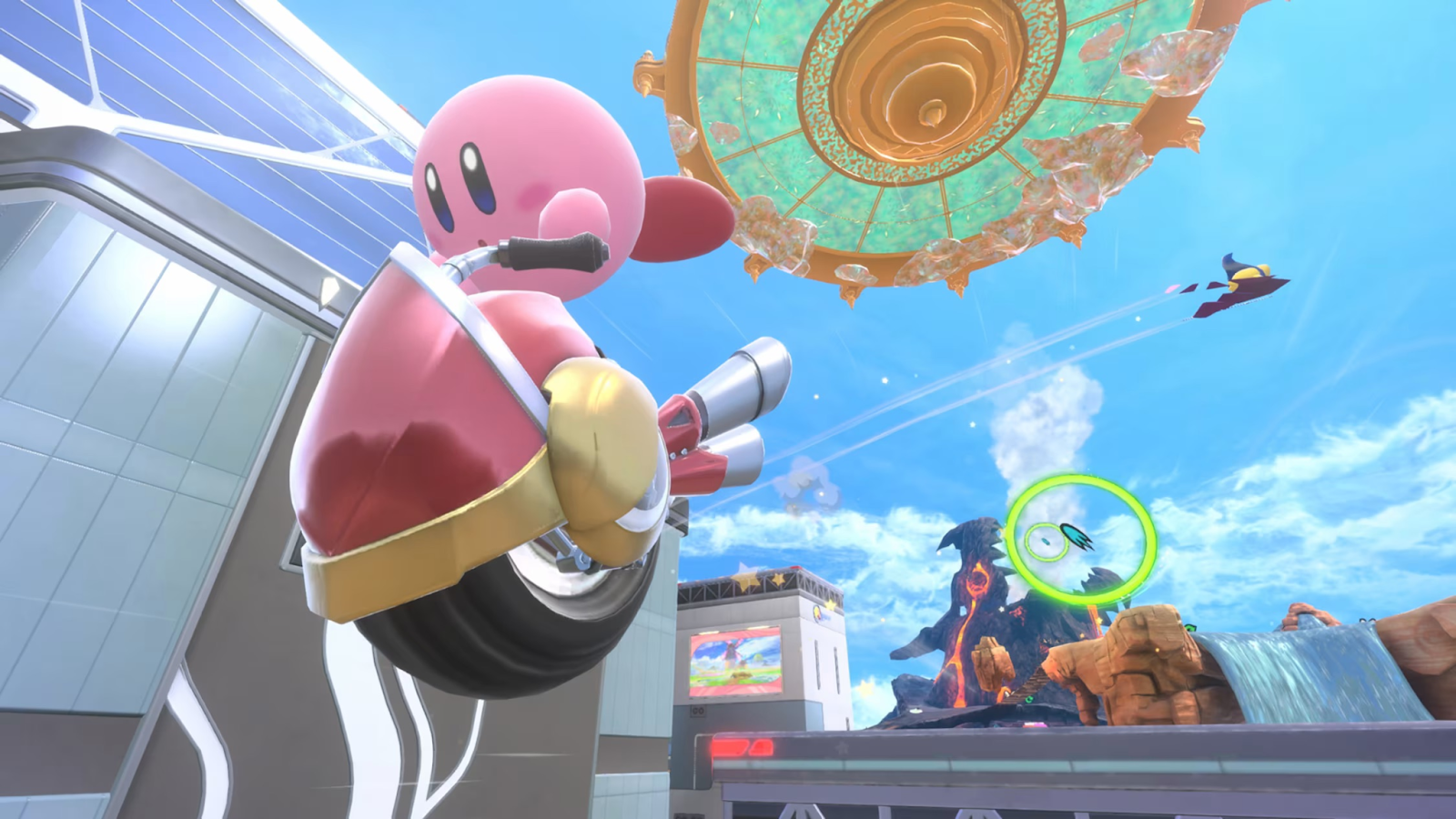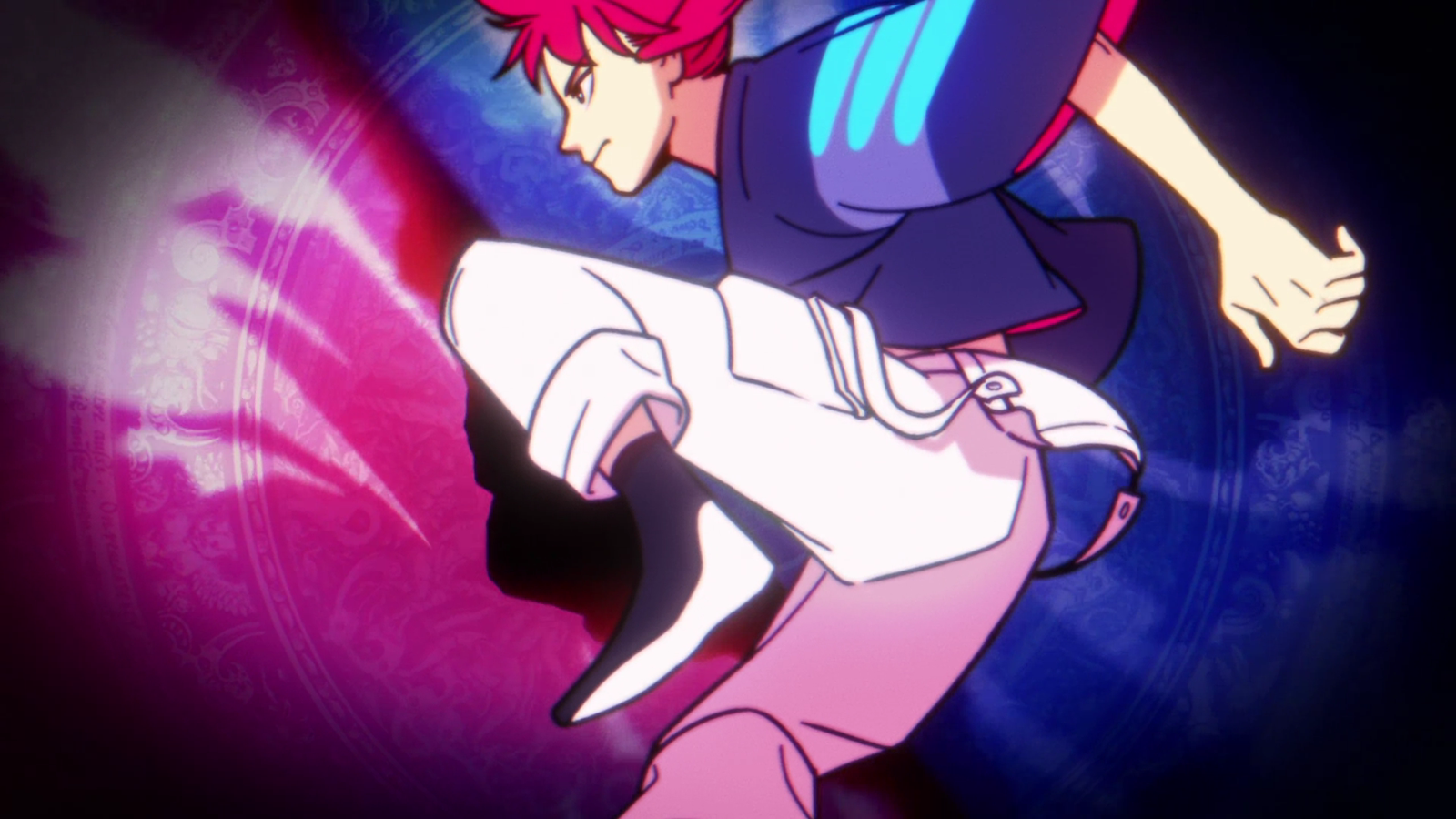You can trust VideoGamer. Our team of gaming experts spend hours testing and reviewing the latest games, to ensure you're reading the most comprehensive guide possible. Rest assured, all imagery and advice is unique and original. Check out how we test and review games here
First things first, Final Fantasy Tactics isn’t for everyone. It’s a slow, pondering tactical role-playing game with average gameplay graphics and a bemusing storyline. It’s also rock hard at the beginning, and provides little or no guidance for newcomers. For the first hour or so FFT feels like it is trying its damnedest to get you to walk away and quit. But I’m here to tell you to persevere, because you’ll be rewarded with a game experience that provides as much depth, charm and emotional engagement as any next-gen blockbuster released this holiday season.
FFT: The War of the Lions is the PSP remake of the classic 10-year-old PlayStation spin-off from the hugely popular Final Fantasy RPG series. You control between four and six soldiers who take it in turns to move and attack various enemies across a battlefield, which is divided up into squares. Skirmishes either occur randomly, as your party moves from settlement to settlement on the world map, or deliberately as part of the game’s sprawling and complex story. As you’d expect of an RPG, as your characters win battles they gain experience and level up. But FFT adds depth with its wonderfully engaging job system. Your character’s job determines what kind of role it will play, so for example, the Squire, a jack of all trades, is well balanced for close combat, and a White Mage, a spell-casting healer, won’t be much use with a sword but can restore fellow party members’ life with replenishing magic. You character’s job level increases independently of its base level, so while your Squire might have a base level of seven, it could have an Archer job level of five and a Knight job level of six.
Each job opens up access to a number of specific abilities, purchased with points awarded on the battlefield. Let’s say one of your character’s primary job is the Chemist, who can distribute items like potions and phoenix downs to fellow players. You can also mix it up by equipping other abilities from other jobs as well, increasing their usefulness. So you might fancy a bit of black magic from the Black Mage job, and maybe +1 to movement from the Squire job, and maybe even the parry ability from the Knight job. You can see how complex things can get.
As your characters level up you’ll unlock access to new, more powerful and cooler jobs, like the Ninja, the Assassin and one of two new jobs for this PSP remake – the Onion Knight and the Dark Knight. One of the most addictive things about the game is optimising your party roster so you have a character to deal with every situation, be it a raid on tough close-combat bad guys or a random skirmish with goblins and skeletons.
This might all be a bit meaningless if your characters were invincible, but they’re not. If one of your high-level party members is killed on the battlefield, that’s it, they’re gone forever. So all that time you’ve spent levelling them up, all those early morning hours spent moulding a lowly Squire into the ultimate Dark Knight bad-ass, will have been pointless. Because of this, you develop a strange emotional attachment to your guys. But this isn’t about some disturbing sprite love. You don’t want to lose them because reloading from the last save and getting to the end of a fight is just so long.
Not all your guys can die however. You have a few indestructible characters that play a part in the game’s story. Ramza is the game’s lead – an aristocratic, righteous trainee knight from the proud Beoulve family. Set in the world of Ivalice, also the setting of Final Fantasy XII on the PS2 (fans will be interested to know that the rogue Balthier makes a guest appearance), FFT’s story is told through a historian who is challenging the popularly held belief that Ramza’s best friend Delita Heiral was the hero of the War of the Lions, instead believing that the credit should go to Ramza himself
The game then begins with a beautiful cinematic, specially made for this update, that shows the kidnapping of Princess Ovelia by Delita, despite Ramza’s efforts to prevent it. The cut scenes have a magical wash about them – like a fusion of modern day cel-shading and hand drawn Japanese animation. They’re a wonder to behold, capturing the noble tone of the game’s story perfectly. All credit must go to illustrator Akihiko Yoshida for doing a superb job here. After enjoying that you’re thrust into an increasingly-complicated story of aristocratic snobbishness, monarchistic madness and chivalrous shenanigans. It’s hard not to get completely baffled by proceedings and there are more kings, queens, princes and princesses on show than at Christmas dinner in Buckingham palace. It’s very involving yes, but you’ll often wonder what’s going on.
The story though is incidental to the main meat of the gameplay, and it’s here that FFT excels. There’s so much depth to the combat that you’ll easily be able to eek out near 100 hours of gaming from the UMD. In many ways it’s a perfect handheld game. My average half-hour train journey to and from work is just enough time to get one battle finished, tinker with my characters’ jobs and abilities and maybe progress the story somewhat. But that doesn’t prevent it from having some glaring flaws.
For one, the game’s learning curve is a joke, and I’m sure will prove to be a major stumbling block for new players. It starts absolutely rock hard, and you’ll be spending a good few hours engaging in random battles just to level up your party to the point where you can defeat a story battle. But once you’ve done that, you’ll find the battles immediately after are very easy, until you get to the next rock hard story fight and you need to do a bit more levelling. You’ll soon find that the camera can be extremely annoying too. Because of the isometric view of the battlefield you can only view proceedings from one of four viewpoints, with severely restricted zooming and lowering ability. Sometimes your view of a certain section of the battlefield will be completely obscured by a raised bit of earth or a bridge because the camera can’t get into a position to see everything. When this happens it sometimes feels like you’re poking around in the dark, moving the cursor across various squares to make sure you don’t accidentally hit one of your own team. There’s also some glaring slowdown and out of synch sound effects, which you would have thought that Square Enix would have concentrated on sorting out for this remake.
But by far the worst of the game’s flaws is with the multiplayer side of the game, which is largely unusable. You can team up with a mate wirelessly to either co-operate against the computer or go head to head, but unless your characters are of roughly the same level it simply doesn’t work, because the enemies will be too strong for one player to compete with. This is extra disappointing because some of the game’s best treasure is obtained by winning multiplayer battles. Even worse – the game has a glaring omission in that you can’t play online against other people – something we would have loved to have seen with this release.
Despite these flaws, FFT remains one of my favourite games on the PSP. It might not have the best in-game graphics we’ve ever seen on the handheld, or the best multiplayer options, but few games have as much charm and tactical depth. It might not be for everyone, but for those of you with a sweet tooth for turn-based RPGs it’s essential.
Final Fantasy Tactics: The War Of The Lions
- Platform(s): iOS, PSP
- Genre(s): Strategy, Turn Based
/https://oimg.videogamer.com/images/fcfb/final_fantasy_tactics_the_war_of_the_lions_16.jpg)
/https://oimg.videogamer.com/images/39f0/final_fantasy_tactics_the_war_of_the_lions_13.jpg)






